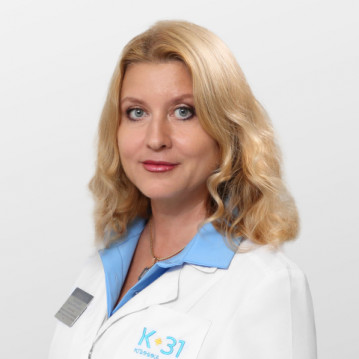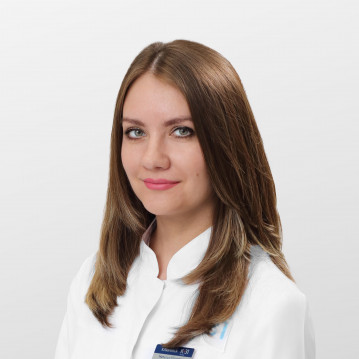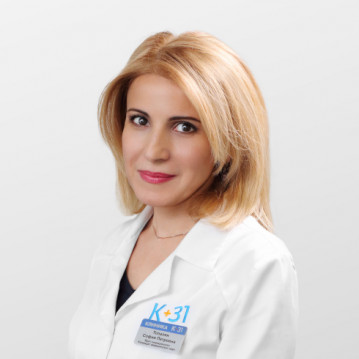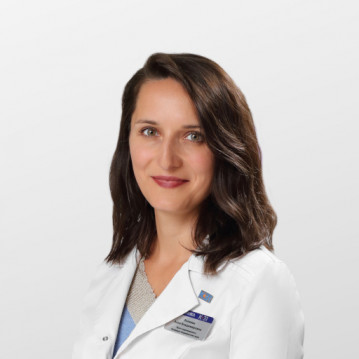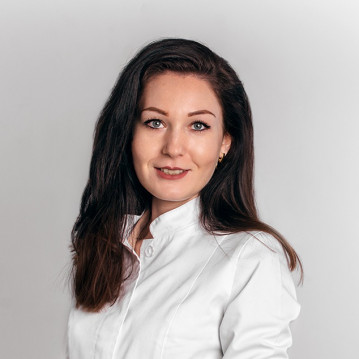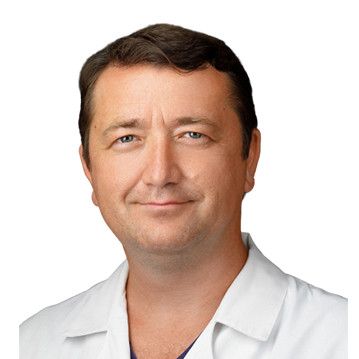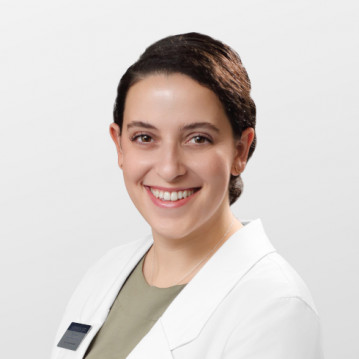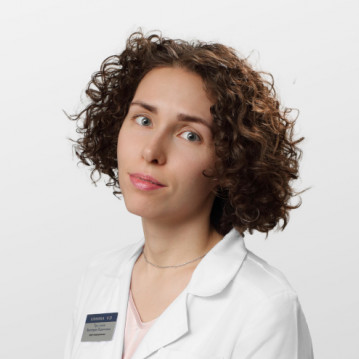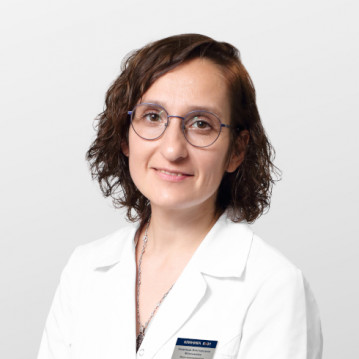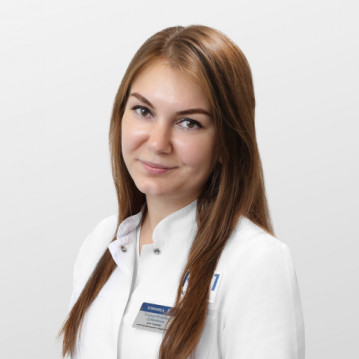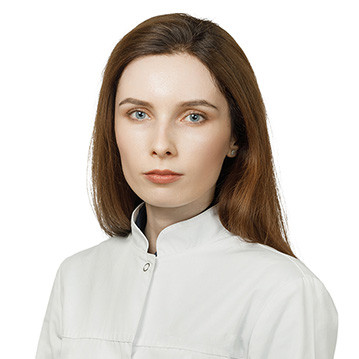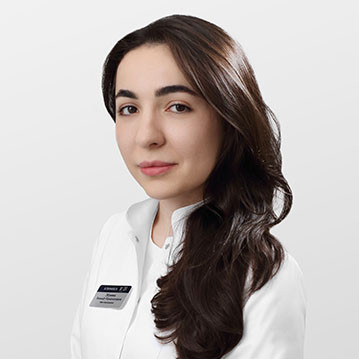Why is osteoporosis dangerous?
Osteoporosis is extremely insidious. Developing gradually, without symptoms, it manifests itself as a fracture resulting from a minor injury. Typical are:
- vertebral fractures (sometimes manifested only by a decrease in growth);
- fracture of the bones of the forearm ("beam in a typical place", as they sometimes say);
- fracture of the neck of the shoulder;
- hip fracture is the most formidable complication of osteoporosis; while in Russia, mortality (mortality) in the first year after a hip fracture reaches 45-52%. Of the surviving patients, 33% remain bedridden, and 42% are limited in activity. Only 15% of elderly patients who have had this severe fracture retain the ability to leave their homes on their own, and only 9% return to the level of activity that preceded the fracture. However, the situation is changing dramatically for the better, if highly qualified, including surgical, assistance is provided quickly and in a timely manner. Clinic K + 31 has both the capabilities and experience in the treatment of these fractures that are really scary for their consequences.
How common is the incidence of osteoporosis in Russia?
In Russia, about 14 million people (approximately 10% of the country's population) suffer from osteoporosis, another 20 million are diagnosed with “pre-osteoporosis,” the so-called osteopenia.
As a result of this, only every minute (!) In the country in patients with osteoporosis break seven vertebrae. Every five minutes (and in Moscow - every hour!) Someone breaks the thigh neck ...
But, and that's not all! The so-called "domino effect" or the phenomenon of a cascade of fractures is strongly associated with osteoporosis.
This means that the first fracture three times increases the likelihood that a second fracture will happen in the very near future. The next (second) low-energy fracture against the background of osteoporosis already FIVE times increases the possibility of a third fracture. And finally, the third fracture EIGHT times increases the likelihood of a fourth fracture. However, not all patients successfully cope with these injuries and survive to the fourth fracture.
Can osteoporosis be cured or why can the risk of fractures be significantly reduced?
This is surprising, but modern medicine can significantly improve and even restore bone quality! No, of course, not to the biological condition of the young man, but precisely to a quality level that significantly reduces the risk of fractures.
It’s just that the possibilities of modern therapy are based on natural biological processes occurring in human bones. And the thing is the extremely high activity of bone tissue cells. For example, at the biological and molecular level, 3-4 million units of bone remodeling (restructuring) appear in our body every year, and of these, 1 million units are actively involved in remodeling at any given time.
As a result, the skeleton of an adult is completely updated every 10 years . And, skillfully acting on the biological components of this update, we have learned how to significantly improve bone quality!
Who needs our consultation first of all?
- Patients whose growth has decreased by 4cm or more compared to a growth of 25 years
- Women over 55 and men over 60
- Patients with adverse heredity (familial cases of osteoporosis and, especially, closely related cases of femoral neck fractures)
- Persons with a low body mass index (less than 20 kg / sq.m) or weighing less than 57 kg
- Women with low levels of estrogen in the blood (early menopause, surgical removal of the ovaries, history of breast cancer)
- Patients suffering from diabetes mellitus and other endocrine diseases for a long time, rheumatoid arthritis, chronic bronchitis, Crohn's disease, as well as individuals who have been receiving glucocorticoid hormones for a long time (more than 3 months).
If you or people close to you have at least one of the above risk factors, this does not mean that you or a loved one is sick with osteoporosis. However, this is an occasion for an in-depth examination and our consultation.
